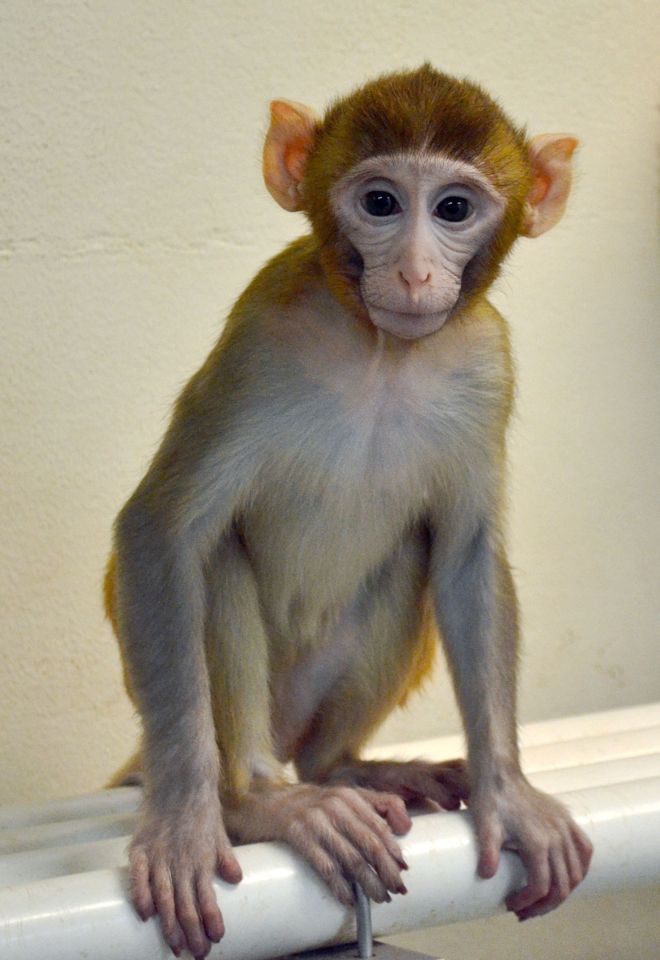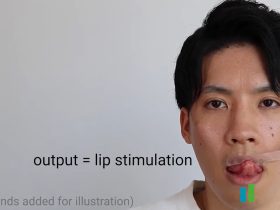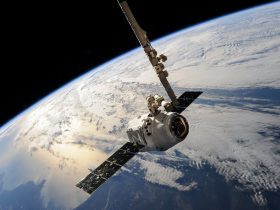
A sperm extracted from a once frozen sample of a tissue of the testicles, helped give birth to a monkey. According to the studies, if this method could be replicated in humans, then it could be used as savior for those undergoing their own fertility preservation.
The cancer treatment methods that help in the survival of childhood cancer patients may stunt their fertility. To prevent this, one safeguarding method may be implemented that is to freeze the testicle tissue and then use it for generating sperms when the survivors become prepared for reproduction. The researchers tried to experiment this idea over a monkey and it is announced that Grady, a healthy Rhesus, was born.
Stem cells producing sperm are generally wiped out when the body is under chemotherapy drugs or radiations. This creates a major setback in the sperm creation in children who haven’t gone through puberty. According to Kyle Orwig, a professor of obstetrics, gynecology, & reproductive sciences at the University Of Pittsburgh School Of Medicine, “Cancer survivors tell us that their fertility status has a really important impact on their quality of life, the psychological impact of not being able to have a child can be devastating.”
Some fertility centers have already started this method for helping kids, going to enter the battle against cancer. Orwig along with other researchers, including Adetunji Fayomi researched more with this monkey’s birth from such a “pretty amazing” experiment according to Michael Eisenberg, an associate professor of urology at Stanford Medical Center who was not involved in the research. He commented on the future benefit it is going to shower.
The basic concept behind this experiment is that a child who is going to be treated for cancer can initially store testicular tissue, producing sperm, by freezing. Then later when he would wish to have a biological offspring, the stored tissue could then be transplanted back into their matured body. The maturing of the transplant would be the function of hormones and it would start producing sperm. As the transplant doesn’t get hooked up to the reproductive plumbing, the sperm remains inside the tissue. Therefore, the sperm extracted is to be used in vitro fertilization.
But a setback was seen, the studies did conclude that the transplanted testicle could produce sperm, but wasn’t quite sure if the sperm could produce an offspring. Orwig and team had researched further and experimented and tested again and again. One testicle was removed from 5 different monkeys and was frozen. After 5 months, the monkeys were made to go through chemotherapy and eventually the researchers removed their other testicle of the 5 monkeys, but also transplanted tissue from the frozen testicles into the monkey’s backs and scrotums. They wanted to know if the freezing of the testicles effected the production of sperms or not and eventually the birth of the baby or not.
The monkeys were then put under observation. The grafts were observed to be growing and the testosterone levels reached the typical limit, thus, proving the grafts as healthy testes. After about 8 months the transplants on being examined under the microscope and pulverized with forceps and enzymes for the recovery of the live sperm, they had finally found success for most of the transplants even the frozen ones.
Sperm was collected from one of the frozen transplants and the researchers shipped it to the ONPRC (Oregon National Primate Research Center). It was seen that out of 138 eggs that were fertilized, 11 embryos had matured to be eligible for being transferred into the female’s uterus.
One monkey’s success was the result of Grady’s birth. Orwig said “You can’t believe how proud I was, it took us a lot of years. It was a big undertaking. And we produced a baby in a way that nobody has ever produced a baby before.”
In spite of such progress the experiment still has to get its many doubts cleared before it can be implemented finally on kids. One such doubt being that whether the testicular tissue could carry some cancer cells, which conclude that it may not work for patients surpassing blood or testicular cancers. Another big question is to find out the ideal way of freezing the testicles. According to Stanford Eisenberg “To show that this can work with people also needs to be established — not just producing sperm, but safely producing sperm, but this is certainly a huge step.”






Leave a Reply